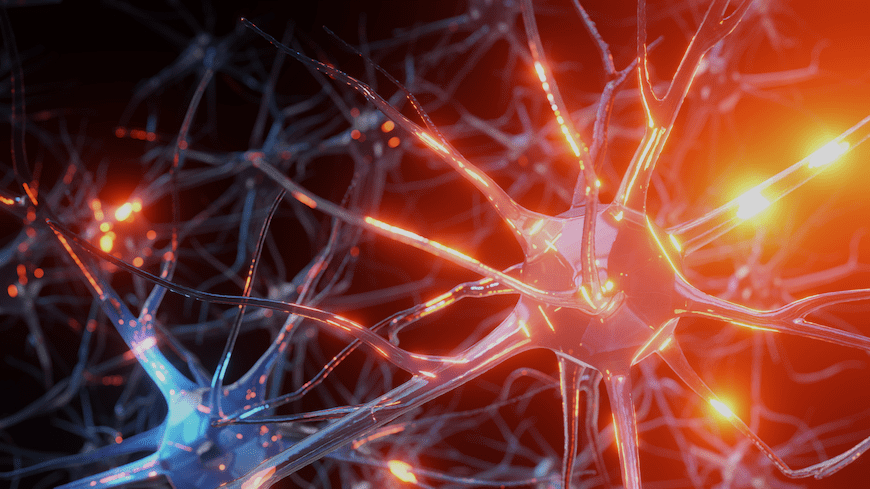Federal researchers might have cracked a critical piece of a puzzle that’s confounded scientists for years. National Institutes of Health scientists have identified abnormal proteins in the spinal fluid of amyotrophic lateral sclerosis (ALS) patients and others with frontotemporal dementia (FTD).
The discovery could help medical professionals better detect and diagnose these diseases in the future. Science Translational Medicine published the findings.
Decoding Cryptic Exons
So-called “cryptic” exons, abnormal portions of RNA, make up the abnormal proteins the researchers discovered. Cryptic exons spawn when TDP-43, a critical RNA protein, trips up. Scientists have linked TDP-43 dysfunction to multiple diseases, such as ALS, FTD, Alzheimer’s, and Limbic Associated TDP-43 Encephalopathy (LATE).
This new research revealed that these malformed RNA segments can occasionally spawn entirely new proteins. This shows how these cryptic exons might be a part of the dementia disease progression. Additionally, researchers can leverage this data to help pinpoint diseases with TDP-43 dysfunction before symptoms emerge. Today, scientists can only identify TDP-43 aggregates in the brain during an autopsy.
Typically, TDP-43 helps regulate protein production by working with RNA. TDP-43 must stay in the cell nucleus, where the DNA is, to work the way it’s supposed to. But, in ALS and other neurodegenerative diseases, TDP-43 spills out of the nucleus and collects into irregular clumps in the cytoplasm.
“We show that TDP-43 pathology causes brain cells to mis-splice hundreds of RNAs and that some of these RNAs are translated into new proteins that are not normally found in healthy cells,” Michael Ward, M.D., Ph.D., senior investigator at the National Institute of Neurological Disorders and Stroke (NINDS), co-director of the iPSC Neurodegenerative Disease Initiative at the NIH Intramural Center for Alzheimer’s and Related Dementias (CARD) and senior co-author, explained in the study. “This conceptual discovery may enable future development of sensitive diagnostic tests to detect TDP-43 pathology in living patients.”
ALS: A Challenging Diagnosis
Properly diagnosing ALS and other related conditions has challenged medical professionals for decades. And there’s still no solitary test doctors can administer to definitively diagnose ALS or FTD. And the symptoms mirror other diseases, making things more difficult.
TDP-43 pathology remains a clear aspect in nearly every ALS patient and roughly half of FTD patients. Doctors have also found it in about half of Alzheimer’s patients. But today’s technology still can’t detect or measure TDP-43 pathology in living patients. And that makes forming a reliable diagnosis difficult.
Working with induced pluripotent stem cells (iPSCs) that model neurodegenerative disease, the NIH researchers assembled a catalog of cryptic exons, identifying 65 peptides stemming from a dozen cryptic exons.
Drawing Conclusions
The researchers found those same cryptic exons in post-mortem brain samples taken from ALS and FTD patients and compared them against healthy control samples. The team then verified the existence of the new proteins in patient-derived iPSCs. They also revealed that proteins with cryptic sequences reacted to other proteins in various ways.
The authors speculated that the immune system might treat the new proteins as invaders and trigger inflammation that could cause neurodegeneration.
“In addition to advancing our understanding of the biologic processes that give rise to neuronal death in ALS, FTD, and other TDP-43-associated neurodegenerative diseases, the study’s finding of novel proteins in patients’ spinal fluid may enable early diagnosis and serve as biomarkers that reflect a therapeutic response in clinical trials,” the study concluded.
Further Reading
A 65-Year-Old Man With Amyotrophic Lateral Sclerosis and Psychiatric Distress
Amyotrophic Lateral Sclerosis and Suicide Attempts
The Diagnostic Challenge of Psychiatric Symptoms in Neurodegenerative Disease




